-1140x400w.jpg)
Forces and related concepts, explained!!
For someone who’s studying force for the first time, the concept can be a bit confusing. After all, you can’t fully understand some concepts theoretically. This is where the Force Kit by Our STEM Box takes the stage. This kit strives to explain force and related concepts through hands-on learning.
To help you in the process of understanding this concept, we have discussed its different aspects below. The importance of the Force Kit by Our STEM Box is also discussed later.
What is Force?
In simplest terms, a force is a pull or push that acts upon an object when it interacts with another object.
You can also say that when two objects interact with each other, there is force acting upon each of those objects. And when the interaction between them ends, they stop experiencing force.
Examples of Force:
Let’s understand a little more through some examples.
Imagine a football lying on a field. When you kick the ball, a force acts on it. The football goes bouncing down the field due to that force.
The Earth revolving around Sun is also an example of force, gravitation force, to be specific. This is the same force due to which you are able to walk on the Earth.
Formula of Force:
When we multiply the mass of an object with the acceleration, the result is force. It is denoted as
F = MA
Where F = Force
M = Mass
And A = Acceleration
The scientific unit of Force is Newton.
Types of forces
The forces can be divided into two broad categories: Contact Forces and Action-at-a-Distance Force.
As the name suggests, the forces that require the objects to be in contact are known as contact forces. Action-at-a-distance forces can act upon two objects without any contact. Let’s discuss their subcategories in detail.
Contact Forces:
Applied Force: When a person or an object applies force to another person or object, it is known as applied force. This is something we have already discussed in one of our examples above.
Normal Force: When a stable object or person exerts force on another object, it is known as normal force. For example, a table exerts normal force on the pen resting on it.
Frictional force: The force that resists the motion of an object is known as frictional force or simply friction. The objects could be material elements, fluid layers, or solid objects. The working of brakes in the vehicles is one of the most popular examples of frictional force in action.
Air Resistance Force: It is a type of friction force that is experienced by objects while travelling through air.
Tension Force: The force transmitting through a cable, wire, spring, or rope when the force acting on its opposite sides pull it tight.
Spring Force: The force exerted by a stretched or compressed spring upon an object attached to it is referred to as spring force.
The learners can observe the applications of above-discussed forces by constructing models provided in the Force Kit.
Action-at-a-Distance Force
Gravitational Force: Any object that possesses mass has gravitational force. It is due to this force that an object attracts another object towards itself even without contact.
Magnetic Force: The repulsive or attractive force exerted between the poles of a magnet.
Electric Force: The force exerted between two charged objects. If the objects have opposite charges, it will result in attractive force. The force is repulsive if the objects have like charges.
Related concepts:
Let’s now shed a light on concepts that are related to force.
Work Done: The measurement of force over a certain distance is referred to as work done. It helps you identify the amount of force being used in a particular event.
Motion: Change of position or orientation of an object is referred to as motion. By applying force, it is possible to change the motion of a body.
Energy: It is defined as the capacity of an object to do work. Force has the ability to change the form of the energy of an object.
You will understand the applications of these concepts when working with different models of the Force Kit.
Fun Facts related to Force:
If the above-discussed concepts looked a bit heavier, let’s lighten up your load by discussing some facts.
Gravitation force doesn’t work in a few places like Confusion Hill in California.
Various water parks use fluid friction to let us slide fast and smoothly down giant slides.
It would be almost impossible to stand straight without friction.
Force can also change the size and shape of a body.
Torque is a force that rotates or twists a body.
Learning force through the Force Kit
The Force Kit is designed by a team of adept engineers and educators to ensure the concepts of force get etched in the mind permanently. The process of constructing your own Force-related models also instills skills like logical thinking, collaboration, and creativity. The kit comes with an instruction manual having eight unique experiments. The construction of the models is represented through step-by-step instructions. The learners can also access online PDF with additional experiments or video tutorials on online learning portal My STEM Time. Get more info on this kit from here:
May the Force be With You !!

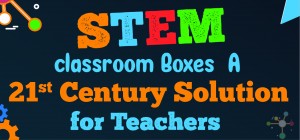
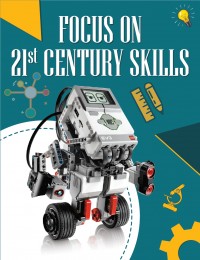
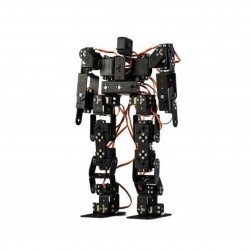
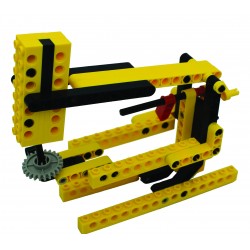
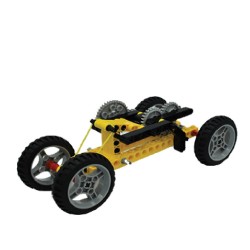
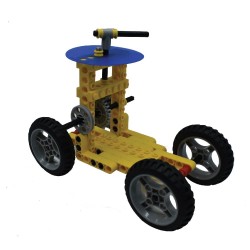
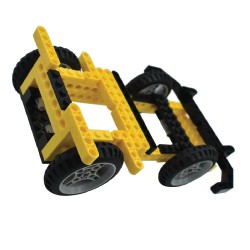
Leave a Comment